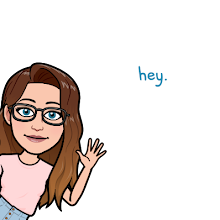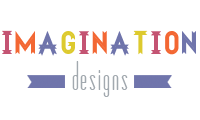The Three Pigs
by David Wiesner
Bibliography:
Wiesner, David. The Three Pigs. New York: Clarion Books, 2001. ISBN 9780618007011
Plot Summary: This Three Little Pigs story starts out quite similar to all of the others; the three pigs build their homes out of different materials, and the Big Bad Wolf tries to blow their houses down. This time, in the process, the pigs are blown right off of the pages of the book, and are allowed to escape from the Wolf altogether. Once all three pigs are off the pages together, they create all sorts of fun. They use their own book pages to create a paper airplane, and then move into different storybooks as well. They make a friend in Hey Diddle Diddle, and a dragon that they save from being slayed. In the end, they all return to the brick house, and the Wolf is scared away by the dragon. They all live happily ever after in the brick house together.
Critical Analysis:
The characters in this book are interesting and exciting, though still similar to what is seen in much of traditional literature. They are characters that many children and adults will recognize from some of their own favorite tales growing up, as well as some they may not know as well. Just like with every retelling of The Three Little Pigs, the pigs are our protagonist, while the Wolf is still the antagonist. Unlike the traditional version of the story, we have extra characters added in that bring more excitement and interest to the story. Much like the characters, the setting is quite similar to the original, at least in the beginning and end of the story. However, in the middle we get to see the characters in a new space, which includes being outside of books, and also in other stories that are not their own. The setting in this book is a bit more descriptive and important than in other traditional literature.
The plot of this story is fairly different from original versions of the tale. The story is still very much plot driven, but instead of being so methodical and rhythmic as the original, it takes a bit of a field trip and has some added conflict within the story. The pigs are able to escape from their own stories in order to run from the wolf, but they can also move into other stories, where they deal with some characters they do not know in Hey Diddle Diddle, and save a dragon from being slayed by a knight. In the end, they still have to deal with the original conflict of the Wolf trying to eat them all, but it is the dragon that scares him away this time. Along with these details, the theme remains the same; good triumphing over evil.
The illustrations and style of this story add to the plot and tension by adding important details. While on the pages of the stories, the characters and settings seem very cartoon like, and the colors are incredibly dull. However, when they come off of the page all of the characters, the dragon included, become much more life-like, and the colors become more vivid than before. The characters talk in a very stylized way that adds to the story as well, making them relate able to the reader despite the fact that they are all animals.
Review Excerpts:
Top 100 picture books #68 by School Library Journal
From Publisher's Weekly: "...he takes the idea of 3-D characters operating independently of their storybooks to a new level here."
Connections:
The best connections to use with this book would be different versions of The Three Little Pigs. Students could compare the different versions in order to see what is the same and different about the plot, characters, setting, theme, and conflict.
It would also be beneficial and fun for students to read the other tales that are discussed throughout the story in case they do not have background knowledge about the stories and characters before hand.

















No comments:
Post a Comment